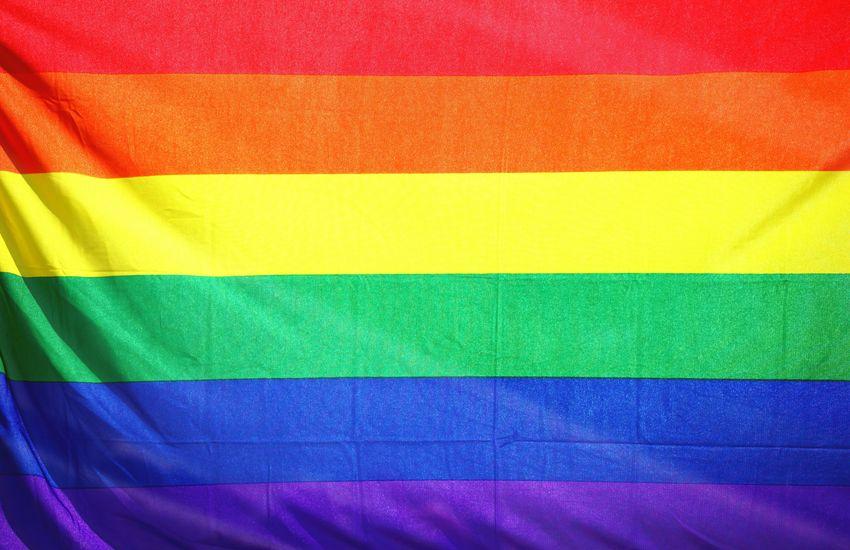A Brief History of LGBTQ Equality in the Workplace
Published: Jun 09, 2022

We all spend a considerable amount of time in our lives in the workplace. It stands to reason, then, that many social and cultural movements over the years have stemmed from discrimination in the workplace, or from work environments that are otherwise toxic to a group of people. Today we are going to be talking a bit about the history of LGBTQ equality in the workplace, and how it has evolved into the present. Let’s get started.
During the Cold War, the United States Senate issued a report to Congress claiming that homosexuality was a threat to national security, stating that those in the LGBTQ community could be manipulated into sharing national security secrets with the Soviet Union due to fear of being outed or by blackmail. This came with an announcement that any government employee that was suspected of homosexuality was to be terminated from their position. Despite a total lack of evidence that this was ever the case, President Eisenhower signed an Executive Order in 1953 banning LGBTQ people from serving in the federal government. This led to more widespread discrimination of the LGBTQ community throughout the 1950s, and has become known as "The Lavender Scare."
The 1960s and 1970s were a period of unrest. LGBTQ groups began actively protesting against discrimination by law enforcement and businesses, with several events including riots in Los Angeles and San Francisco during the mid-1960s, sit-ins at establishments that refused to serve LGBTQ people, and perhaps most notably, the Stonewall Riots in 1969. During this time, the LGBTQ community began establishing businesses that would serve as safe spaces. Paradoxically, these establishments also became sites that would often suffer persecution at the hands of anti-LGBTQ groups.
Perhaps the most well-known instance of widespread discrimination against LGBTQ people, both inside and out of the workplace, is the AIDS crisis of the 1980s. At the time, the press and many politicians would speak out against the LGBTQ community, labeling the community as immoral. This, coupled with the overall ignorance of how the AIDS virus was transmitted from person to person, led to termination of LGBTQ people from their jobs, and more intense discrimination from anti-LGBTQ groups. Shockingly, it took almost thirty years for Congress to amend the Americans with Disabilities Act to include protection for people living with HIV or AIDS.
The 1990s was the beginning of positive change. LGBTQ advocates had begun pushing for marriage rights, which is a trend that still continues to this day. Many states have since granted marriage rights to LGBTQ individuals; however, the focus on the issue of marriage rights saw many other relevant issues relating to the LGBTQ community fall to the wayside. As of the present, LGBTQ people are still seeking an equality act at the federal level.
In 2020 the Supreme Court ruled that workers cannot be terminated based on their sexual orientation in light of the Bostock v. Clayton County case. Diversity, equity and inclusion (DEI) initiatives have led to positive change for LGBTQ people in the workplace. Many companies have established their own, employee-run resource groups that are put in place in order to provide support to associates in the LGBTQ community. Further, many employers now strive to foster workplace environments that value understanding and acceptance, with diversity being their chosen path towards innovation and success.
The 2020s have seen great strides in acceptance for the LGBTQ community in the workplace, and with effective DEI initiatives in place, more LGBTQ people will find themselves securing influential roles in organizations across the country. Those in the LGBTQ community who are looking to make a career change, or who are first-time job seekers, can usually find good information on a company’s website regarding their DEI initiatives, employee resource groups (ERGs), and other programs that are designed to provide support.
For more information on diversity, equity and inclusion in the workplace, check out our previous blog. Next time we will be talking about some companies that have great LGBTQ resource groups and programs, so stay tuned!
